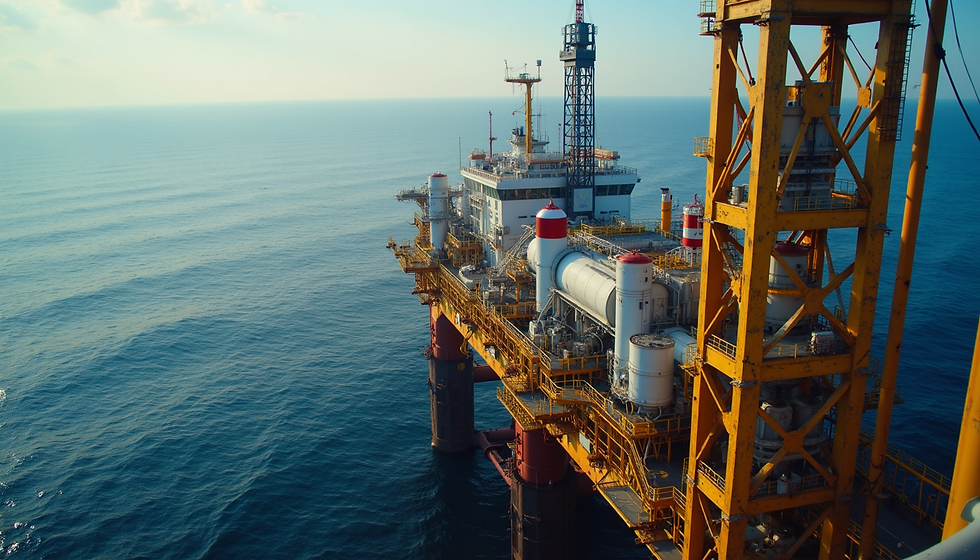Shipping's "Green Bullet"
- Green Shift Group

- Feb 27, 2023
- 3 min read
Shipping’s “Green Bullet”
"Shipping's green bullet" is a term used to describe the shipping industry's efforts to transition towards more sustainable and environmentally friendly practices. The shipping industry is a significant contributor to global greenhouse gas emissions, with estimates suggesting that it accounts for around 2-3% of total global emissions.
In recent years, there has been increasing pressure on the shipping industry to reduce its environmental impact and transition towards more sustainable practices. This has led to the development of a range of initiatives and technologies designed to reduce emissions and improve the sustainability of the industry.

Some examples of initiatives and technologies that are part of shipping's green bullet include:
Use of cleaner fuels: The use of cleaner fuels, such as liquefied natural gas (LNG) and biofuels, can help to reduce emissions from shipping.
Improved vessel design: Innovations in vessel design, such as improved hull shapes and the use of more efficient engines, can help to reduce fuel consumption and emissions.
Improved operational efficiency: Improved operational practices, such as reducing vessel speeds and optimizing routes, can help to reduce fuel consumption and emissions.
Increased use of renewable energy: The use of renewable energy sources, such as wind and solar power, can help to reduce emissions from shipping.
Development of zero-emission vessels: There is also increasing research and development into the use of zero-emission vessels, such as electric and hydrogen-powered ships, which could help to significantly reduce the environmental impact of shipping.
Remanufacturing of components: Remanufacturing is often considered a sustainable practice because it involves taking used products or components and refurbishing them to extend their useful life, rather than discarding them and creating new products. This can reduce waste and conserve resources, as well as potentially reduce greenhouse gas emissions and other environmental impacts associated with manufacturing new products. However, the sustainability of remanufacturing depends on several factors, such as the efficiency of the remanufacturing process, the availability and quality of used products or components, and the market demand for remanufactured products. In some cases, remanufacturing may not be economically feasible or may require more energy and resources than manufacturing new products, which could negate the environmental benefits. Overall, while remanufacturing has the potential to be a sustainable practice, its sustainability depends on careful consideration of the specific circumstances and processes involved (Incorporating LCA* - Life Circle assessments).
Overall, shipping's green bullet represents a concerted effort by the shipping industry to transition towards more sustainable and environmentally friendly practices. While there is still much work to be done, there are promising signs that the industry is moving in the right direction. * What is an LCA - Life Circle Assessment? A life cycle assessment (LCA) is a methodology used to evaluate the environmental impacts of a product or service throughout its entire life cycle, from the extraction of raw materials, through production and use, to disposal or recycling.
An LCA typically involves four main stages:
Goal and scope definition: This stage involves defining the purpose of the study and the boundaries of the system being evaluated, as well as identifying the relevant environmental impacts to be considered.
Inventory analysis: This stage involves compiling an inventory of all the inputs and outputs associated with the product or service being evaluated, including raw materials, energy and water use, emissions to air, water and soil, and waste generation.
Impact assessment: This stage involves assessing the potential environmental impacts associated with the inputs and outputs identified in the inventory analysis, using a range of impact categories such as climate change, resource depletion, and human health impacts.
Interpretation: This stage involves synthesizing the results of the previous stages and drawing conclusions about the environmental performance of the product or service being evaluated. The results can be used to identify opportunities for improvement and inform decision-making about product design, material selection, and end-of-life management.




Comments